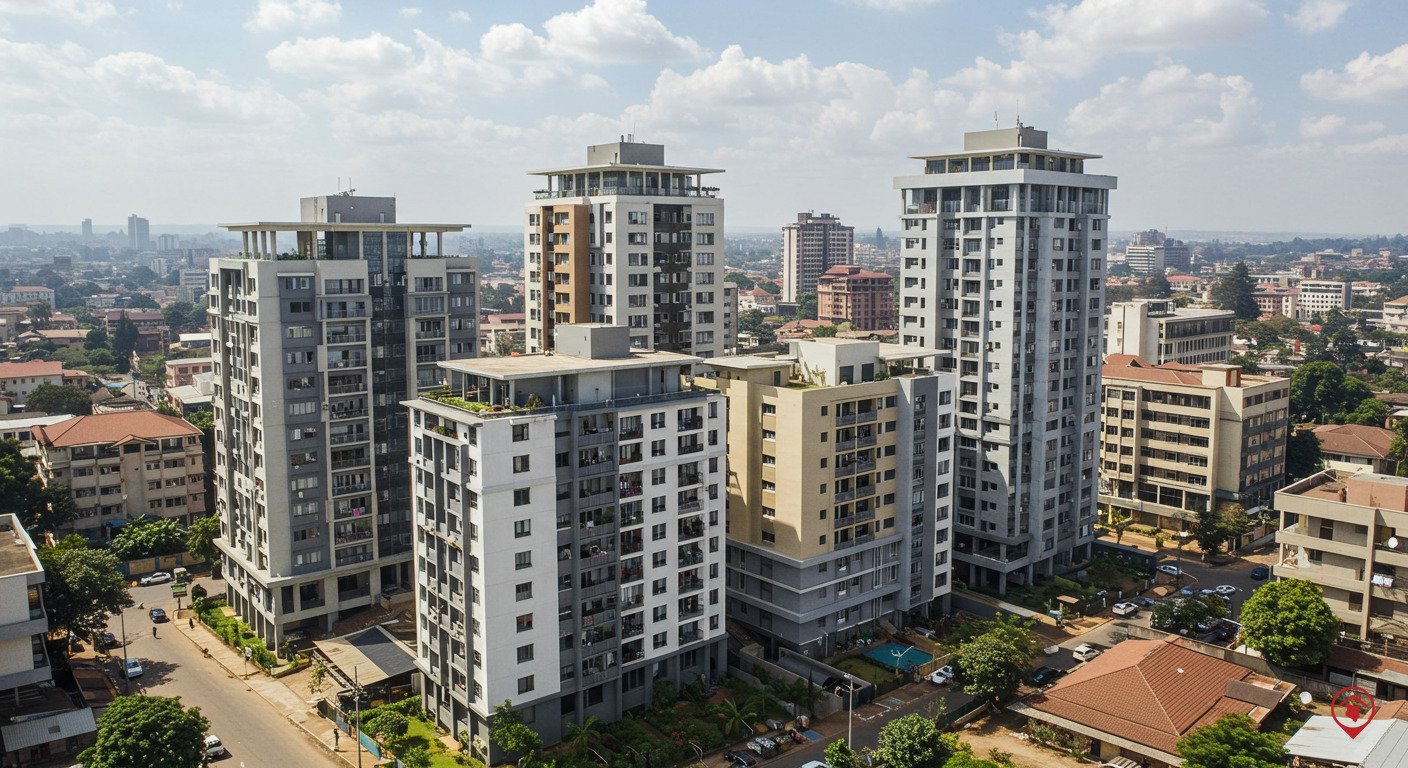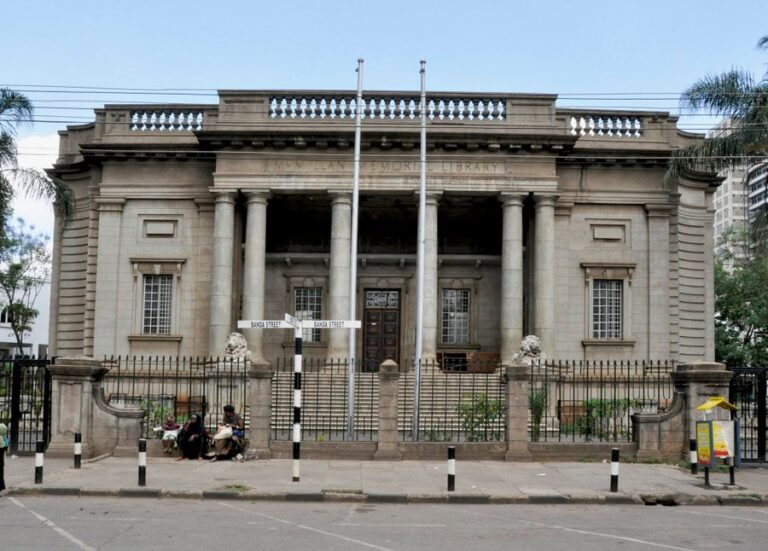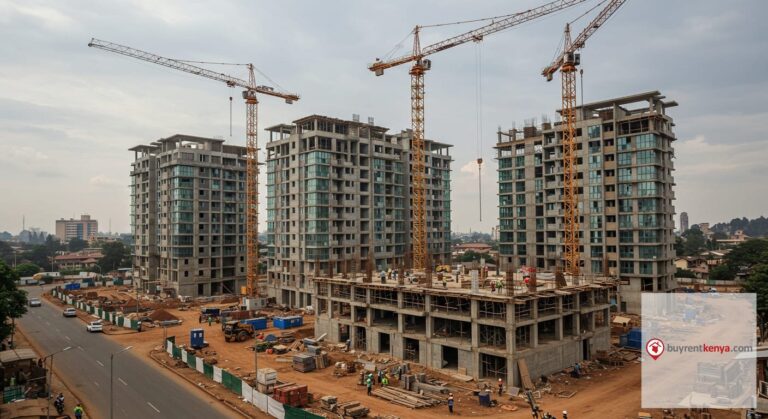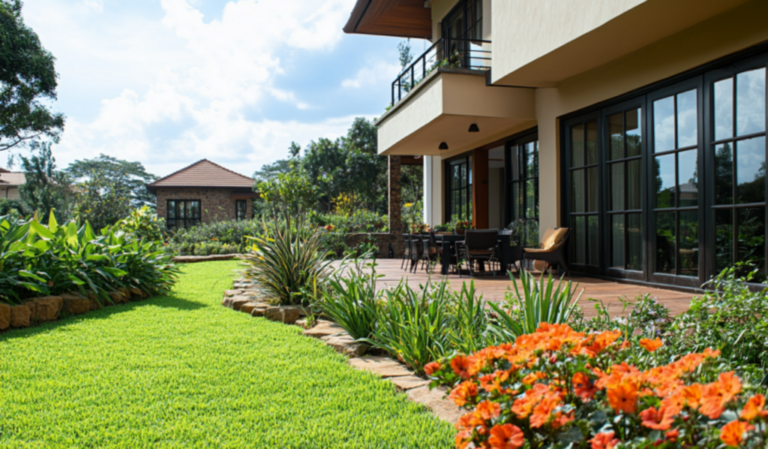Living in Kilimani: Trendy, Pricey, or Just Overrated?
- Kilimani’s transformation didn’t happen overnight.
- This once low-rise, leafy neighbourhood now feels crowded, with buildings competing for sunlight and space.
- For every café that opens, there’s a building going up behind it, taking away green space, parking, or peace.
- As Nairobi continues to grow vertically and demographically, Kilimani offers a glimpse of what’s possible when urban planning, market demand, and lifestyle trends intersect.
I was in Kilimani recently after a long time, and for a moment, I almost didn’t recognise it. If it weren’t for familiar landmarks like Yaya Centre, I could’ve sworn I was in a completely different place. Kilimani has really changed.
Everywhere you look, high-rise apartments dominate the skyline. Some buildings are now over 20 floors tall, and towering above them all is Eighty Eight Nairobi, standing at a staggering 47 floors. This vertical transformation might be influenced by Governor Sakaja’s stance on Nairobi’s urban growth, he’s been quoted saying the only way to go is “up,” especially with the city projected to hit a population of 10 million by 2050.
But with all this change, it’s natural to ask:
Once a leafy, in-demand suburb for a certain social bracket, is Kilimani still trendy? Is it just pricey now? Or has it become… overrated?
READ ALSO: Are Kilimani and Kileleshwa Suburbs Worth the Hype?
A Changing Skyline and a Shift in Identity
Kilimani’s transformation didn’t happen overnight. Over the past decade, it has gradually evolved from a low-density, quiet residential area to a buzzing vertical suburb dotted with sleek towers, studio apartments, and serviced residences. At first glance, it looks like a sign of modern progress. But is it sustainable?
This once low-rise, leafy neighbourhood now feels crowded, with buildings competing for sunlight and space. While vertical growth may be a logical response to Nairobi’s rapid urbanisation, the infrastructure in Kilimani hasn’t kept up with the pace.
Roads are still narrow. Traffic is chaotic. Drainage is often overwhelmed. The water supply is inconsistent in some pockets, and garbage collection has become a shared frustration for many residents.
The Price Tag: High Demand, Higher Costs
When it comes to pricing, Kilimani sits among the most expensive residential zones in Nairobi. According to recent data from HassConsult and Cytonn Reports:
- A 2-bedroom apartment for sale can range anywhere from KES 10 million to 20 million, depending on amenities and finish.
- Rental prices for a 2-bedroom apartment hover between KES 80,000 and 120,000, with some high-end units going for even more.
- Serviced apartments in the area are also big business, with nightly rates ranging from KES 8,000 to 18,000.
Why the high prices? The area still benefits from proximity to key amenities, prestigious schools, malls like Yaya Centre and Adlife Plaza, hospitals, embassies, and a lively nightlife. This accessibility has made Kilimani attractive for both young professionals and expats, and for real estate investors looking for Airbnb potential.
Trendy, Yes – But at What Cost?
There’s no denying Kilimani still has its charm. Brunch spots, rooftop lounges, international cuisine, art galleries, gyms, and boutique stores keep the lifestyle upbeat and trendy. It’s a place where you can live, work remotely, and play, all in one zone.
But the quality of life is increasingly in question. For every café that opens, there’s a building going up behind it, taking away green space, parking, or peace. What was once walkable is now congested. As density rises, so does noise, pollution, and competition for limited public services.
The Airbnb Effect
Kilimani has also seen a sharp rise in short-term rental units. On any given day, platforms like Airbnb and Booking.com show hundreds of listings. While this has boosted the area’s popularity with visitors and digital nomads, it’s also altered the community feel. Some residents complain of transient neighbours, late-night parties, and a lack of long-term stability in the blocks they live in.
Investment or Over-saturation?
From a real estate investor’s perspective, Kilimani still has value, but caution is key. Rental yields are tightening due to oversupply. Vacancy rates have gone up in some buildings. More developers are now offering incentives to fill units—free gym memberships, a few months rent-free, or discounts on longer leases.
So while the demand hasn’t disappeared, the supply has surged faster. It’s no longer enough to build in Kilimani, you have to build smart, and with a clear value proposition.
So… Is Kilimani Overrated?
It depends who you ask.
If you’re a young urbanite looking for a trendy address with everything at your fingertips (and you don’t mind the noise or price), Kilimani still delivers.
If you’re a family looking for space, stability, and less traffic, you may find better value in places like Lavington, Kileleshwa, or South B.
And if you’re an investor, Kilimani remains a high-risk, high-reward zone, you need to do your homework and choose developments that stand out.
Final Thoughts
Kilimani isn’t what it used to be, and maybe that’s okay. Cities evolve. What matters is whether that evolution is thoughtful and inclusive. As Nairobi continues to grow vertically and demographically, Kilimani offers a glimpse of what’s possible when urban planning, market demand, and lifestyle trends intersect. But it also serves as a warning of what happens when development outpaces infrastructure.
So… Trendy? Yes. Pricey? Definitely. Overrated? Maybe.
It all depends on what you’re looking for and what you’re willing to compromise.
READ ALSO: Unravelling the Property Boom in Kilimani: An Insider’s Perspective








